How Low Should Your Drapes Go?
http://decor-ideas.org 11/13/2013 01:40 Decor Ideas
I am asked again and again, "How long should full-length drapes be?" People want to know if their drapes should puddle, break at the floor or hover just above it. These variations are left over from a time before central heating and air conditioning, when people put up drapes for protection from the elements more than for light and privacy control. Today, far from hanging an animal pelt over the entry to a cave, we have stylistic options to consider.
Often in design there are no right or wrong answers. Either you like it or you don't. But here are some guidelines to help you think about your choices so you pick the curtain length that is right for you.
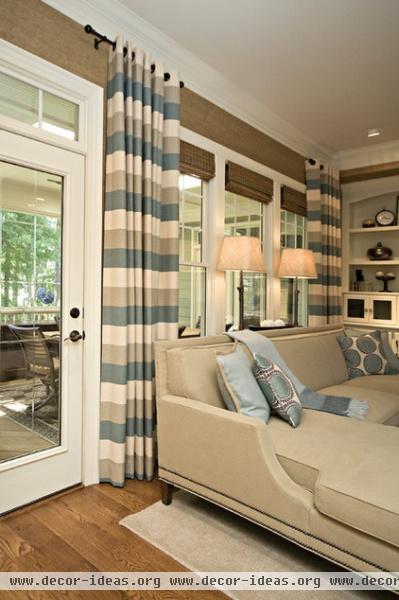
Hovering
For a practical, casual look, leave just a finger width of space between the floor and the hem of the drapes. Dust won't gather, and the hem will stay clean. This is a great length for the family room or any high-traffic area. It's also a great length if your pets shed, or your drapes sit next to the backyard patio door, where dirt is dragged in on a regular basis.
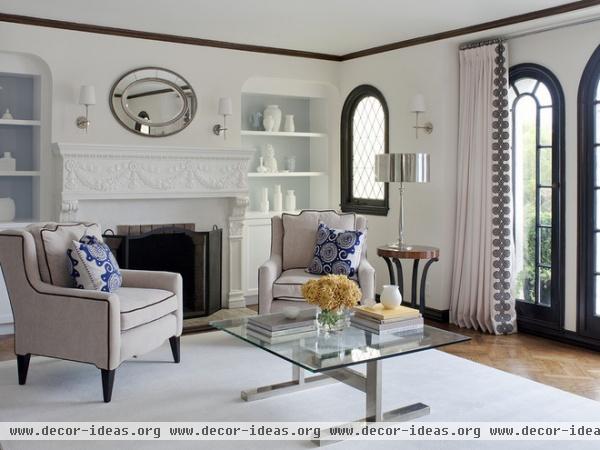
Breaking
For a stylish, tailored look, have a slight break at the bottom. A break is a fold or bend above the hem, which is created when the fabric is longer than required to reach the floor. Here, an inch or two of extra length creates a slight break.
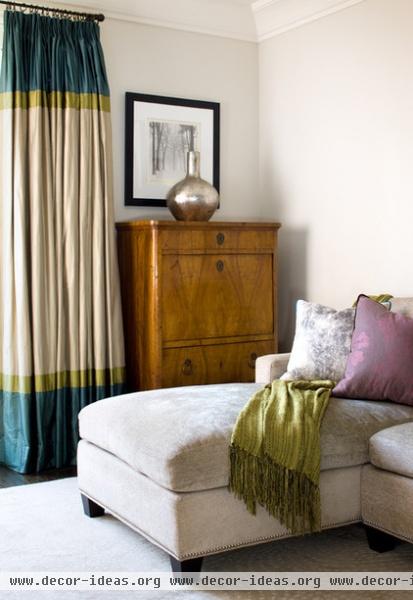
Notice how a slight break can work with contrasting banding to create a custom look. These made-to-measure details are the hallmarks of custom professional design. An extra ½ inch can be just enough for a stylish break.
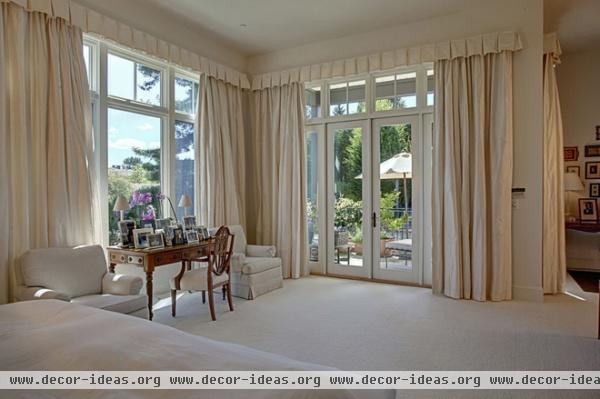
Brushing
For a no-fuss fit in a gracious room, hang drapes to just brush the floor. This length is often used in modern homes where crisp simplicity is preferred, but it also complements traditional decor.
This can be a tricky length to master, however, because any inconsistencies in floor and ceiling (more common than you might think) will be clearly revealed. Quality professional drapery hardware will allow for slight adjustments to be made during installation to camouflage any irregularity caused by uneven floors or ceilings.
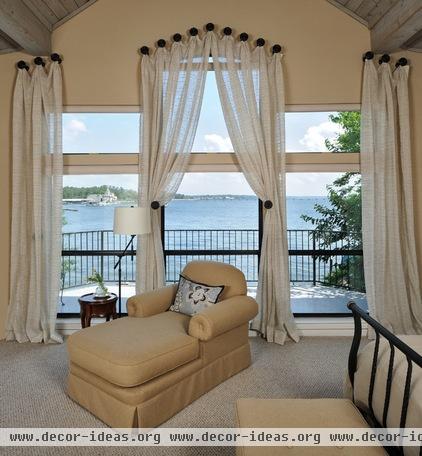
Puddling
Puddling goes beyond a simple break. It moves into a sense of excess. It can look very formal or just the opposite, depending on the fabric.
For a relaxed feel, use a soft, gauzy fabric, which won't look too fussy if left a bit unkempt at the bottom. Much like the difference between a break in faded jeans versus a break in suit pants or dress trousers, one kind of fabric will look casual, another stylish. Fabric and style work hand in hand here.
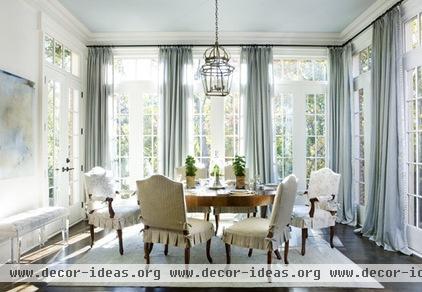
If you're using silk, leave a couple of extra inches and add elegant hardware for a formal and dressy look.
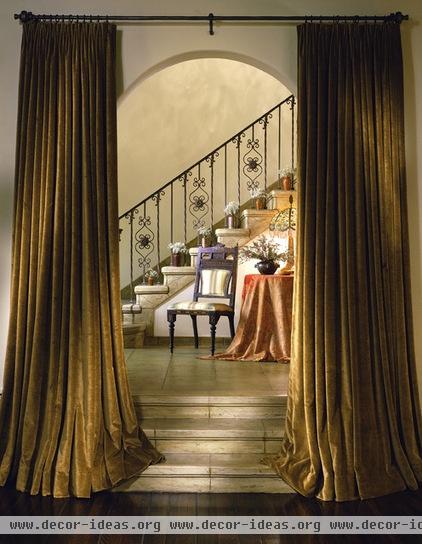
For an opulent look, really push the length overboard. This method is most often used to reinforce a sense of history in a traditional or historical home.
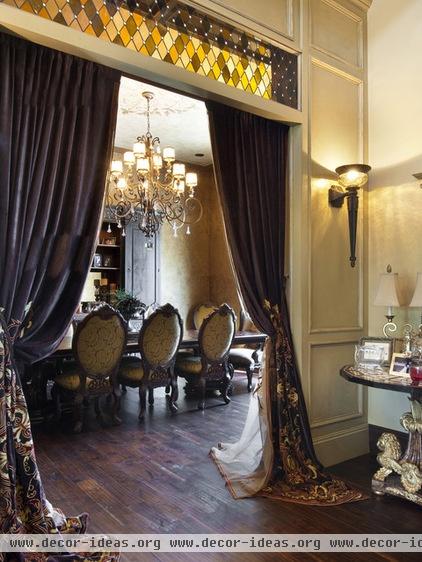
Deep puddling here reinforces the formal setting. This is not a low-maintenance solution; you need to arrange the excess fabric to sit just the way you like it. Also, it can be a tripping and slipping hazard.
More: Custom Draperies 101
Related Articles Recommended












